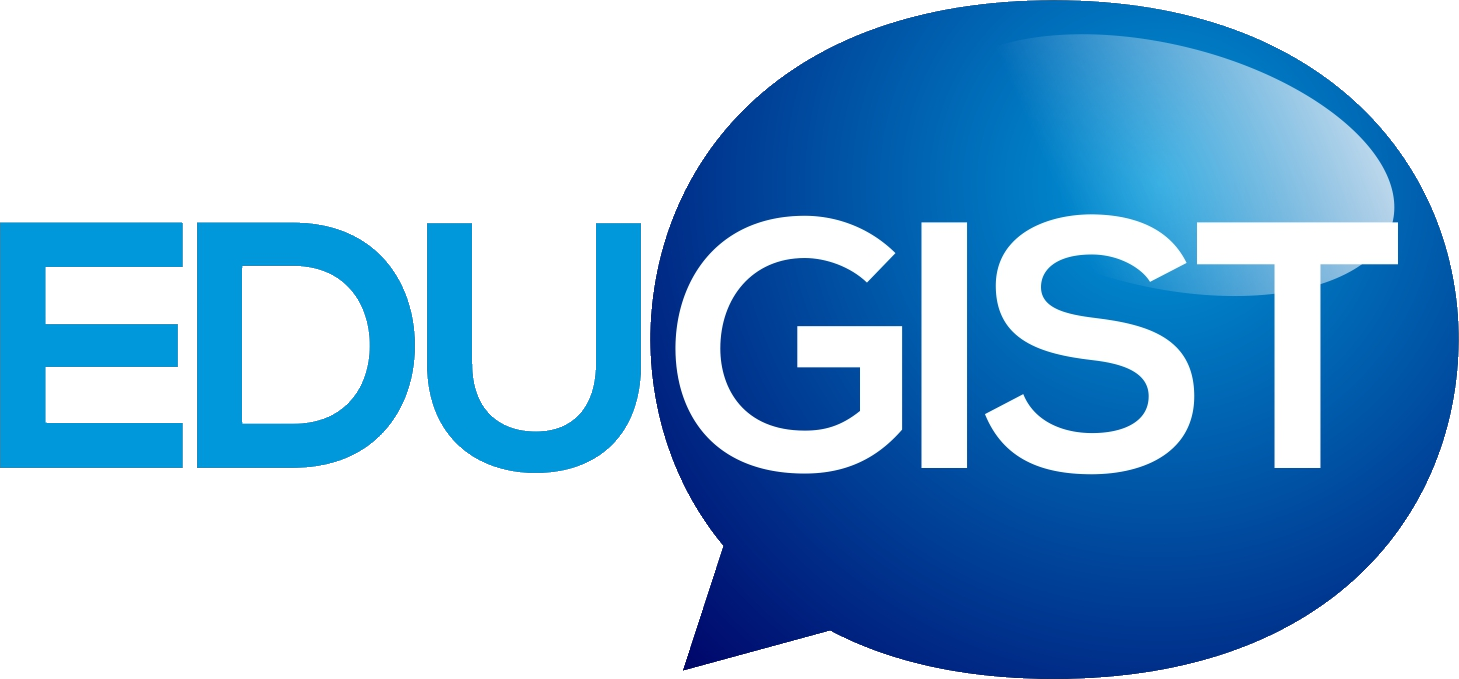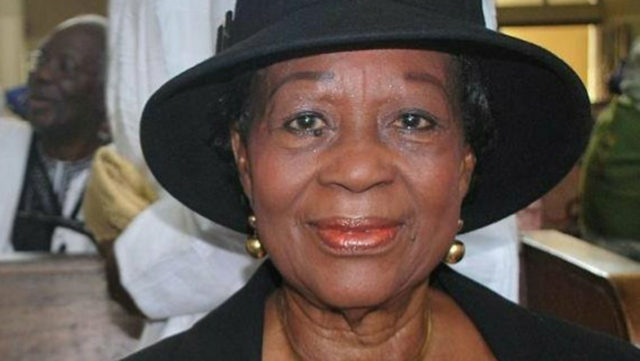Chief Folake Solanke (SAN), who decried the poor reading culture among youth, has frowned at the damaging policy of institutions and colleges who accept less than 50 per cent pass mark.
Solanke, who disclosed on Wednesday 11th September, 2019, said a situation where institutions accept 40 per cent as pass mark was condemnable and unacceptable.
“It is my humble plea that educational institutions should not descend to the substandard orientation of pupils and students, many of whom are indolent. Students should be held to a higher standard of performance in order to improve the quality of our graduates. Currently, people are appalled about the poor performance of our so-called graduates. The authorities must be partially blamed for poor academic performance of graduates, mediocrity should not be encouraged, rather students should be encouraged to aspire to reach the top.”
While lamenting the poor reading culture among youth, describing the trend as worrisome, Solanke stated that students rely on the ‘cut and paste” methodology, which is done by copying other peoples’ work on the Internet.
She said, ”The young people are reminded that the Internet is an additional facility for learning and not a substitute for it. I acknowledge the huge advantages of the Internet but also shudder at its horrors, such as nudity, pornography and breach of privacy among others.”
In her own contribution, a professor of English, Prof Akachi Ezeigbo, lamented the poor reading culture of our youth while also faulting the increased cases of plagiarism.
“People lifted material from the Internet, some of the essays we marked, and you could see the evidence of lifting materials. A careful scrutiny of each entry submitted for the competition continues to reveal the problems of the nation’s educational system that we must take steps to tackle in order to ensure global trust in the quality of students we produce,” she said.
“The most urgent in this list of problems is the alarming incidence of plagiarism at the secondary school level. On account of their youthful age, many students are yet to understand that they must exercise a great deal of restraint in their use of copyrighted materials, some students lift materials and present them as their original work, others combine bits and pieces from a variety of sources to disguise the origin of the materials. While the modernisation of our educational system is evident in the way that students can now access materials from android phones and other devices, which help them to plagiarise with ease by preventing the development of critical thinking,” she lamented.
“Teachers are either too ill-equipped to check this menace or they are overwhelmed by the size of their classes to even try. That is if they possess the skill to check at all. The fact that almost any material is available and accessible made a compelling case for us to introduce the teaching of Internet usage in secondary school curriculum. To let students know that plagiarism violates intellectual property rights and referencing the literature they consult as they made their points is a key aspect of academic development,” she added.








